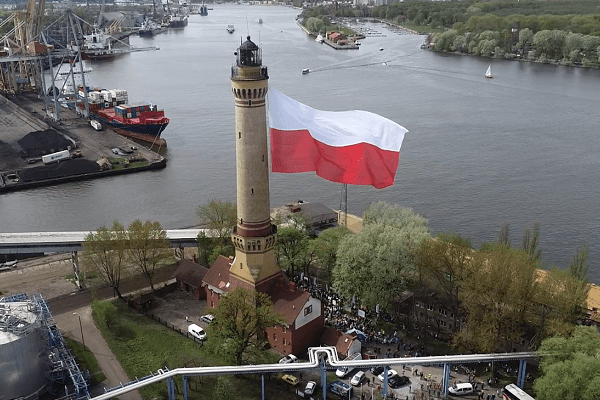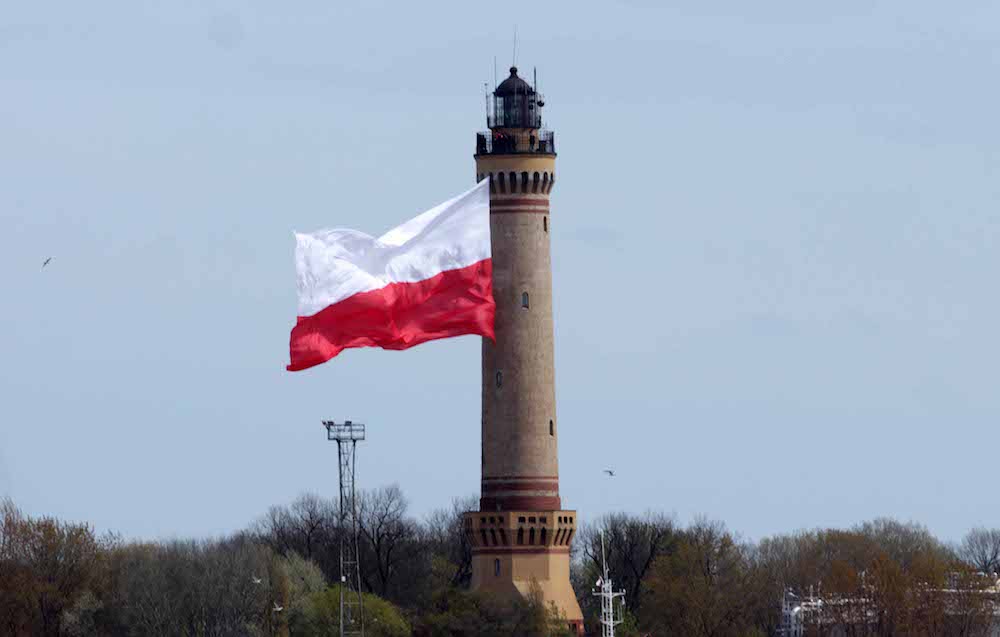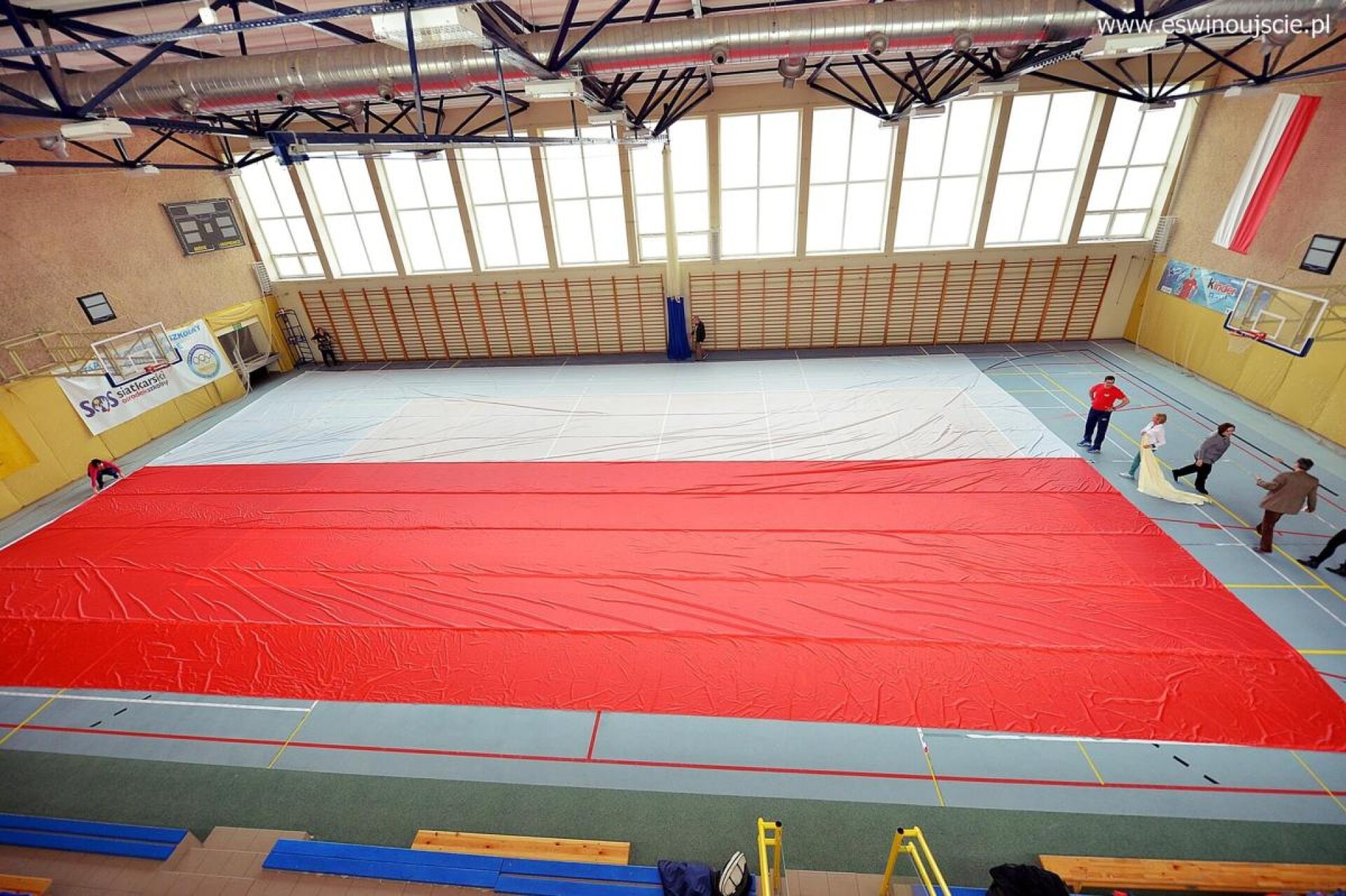Post by Bonobo on May 3, 2016 21:26:25 GMT 1
It is a new holiday, introduced in 2004.
Flag Day was introduced to Poland in 2004, bridging the gap between International Workers’ Day on 1 May and Constitution Day on 3 May. The 3 May holiday, which celebrates the democratic constitution passed by Polish nobles in parliament on 3 May 1791, was banned by the communist regime, but reinstated in 1990. During the Cold War era, party functionaries were compelled to make sure that all national flags were taken down on 2 May, so that they would not remain aloft during the banned holiday. Owing to the symbolism of the forbidden holiday, 3 May was a popular date for protests by dissidents against the communist regime.
Flag Day has an added resonance as on 2 May 1945, Polish troops hoisted the national flag over the ruins of Hitler’s Berlin at the iconic Prussian Victory Column (Siegessaule), almost six years after the Nazi invasion of Poland. It was immediately noticed by Soviets. It was “abuse to the Soviet Union” to fix a flag without permission of “Red Army authorities” and even before Red Army fixed red flag. Polish soldiers were arrested and avoided to be shot only because German capitulation announcement.
The national colors are white and red in two horizontal parallel strips, the upper strip being white and the lower red. The process whereby those colors became the national flag was quite complicated and gradual. The origin of the flag colors goes back to the Piast dynasty times and it relates to a white eagle on a red shield. Those colors were subsequently used as national in the 18th century and cockades were worn by soldiers and civilians in their caps. Unfortunately colors of cockades and the number of strips were not always the same. This lack of uniformity was finished on February 7th, 1831, by Polish Sejm with its resolution which adopted the white and red colors of the coat of arms as official colors of Polish Kingdom and Great Lithuanian Princedom.
During XIX and XX century those colors together with a white eagle with a crown on a red shield were symbols of fight for freedom of Poland and patriotism. Under this flag Polish soldiers fought for sovereignty and honor of our country. During World War II Poles were fighting under white and red flag at the front in France, United Kingdom, Belgium, Holland, Norway, Libya, Soviet Russia and Italy, on the ground and in the air, with honor and love for Poland and freedom.
Nowadays, the flag with white and red stripes is a symbol of Polish sovereignty, solidarity, tradition, patriotism and honor.
tourwarsaw.wordpress.com/2012/05/02/may-2nd-polish-flag-day/
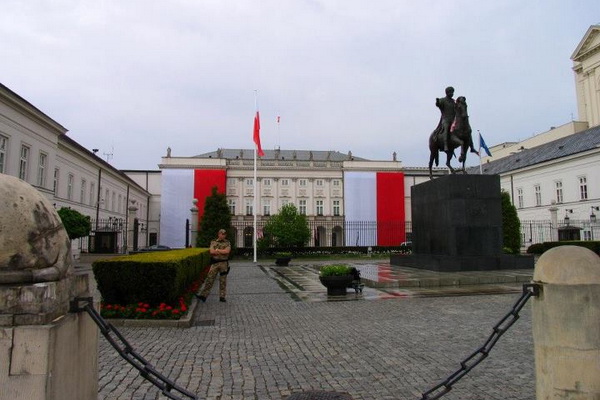
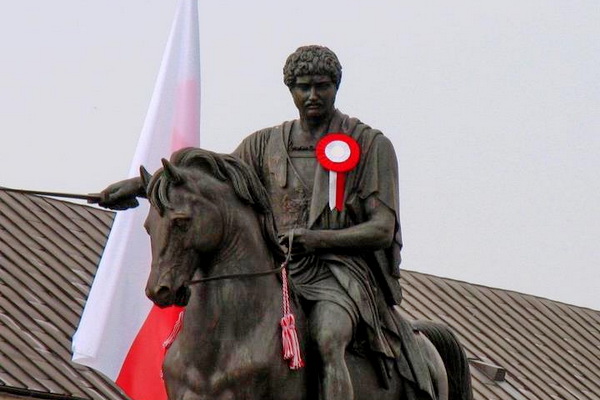
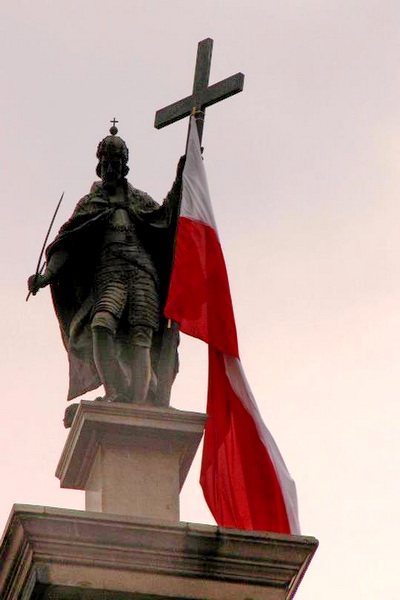
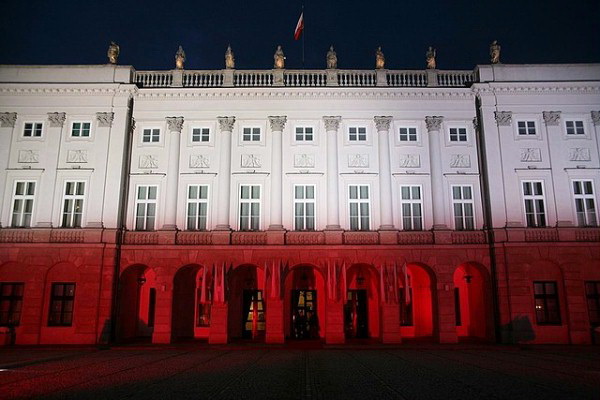
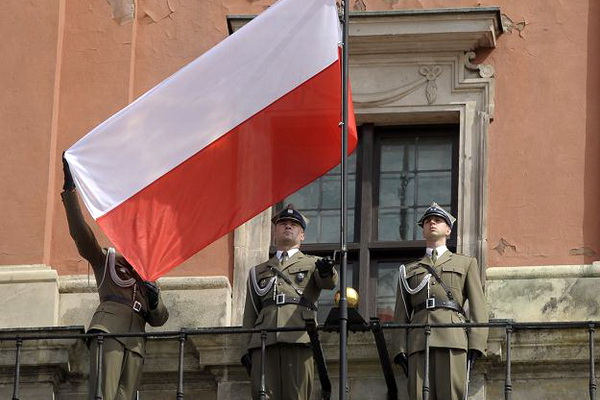
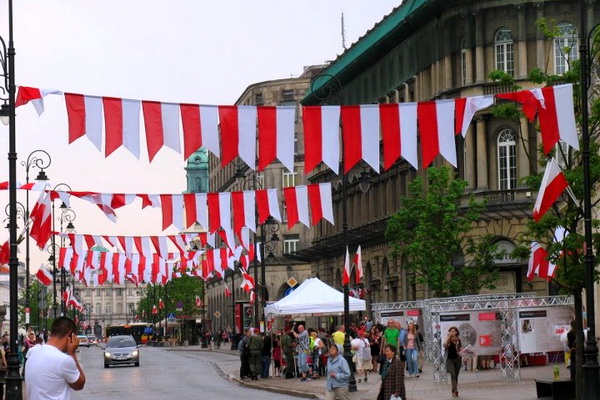
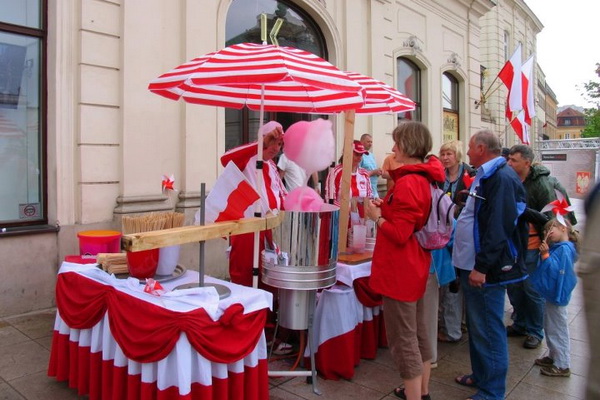


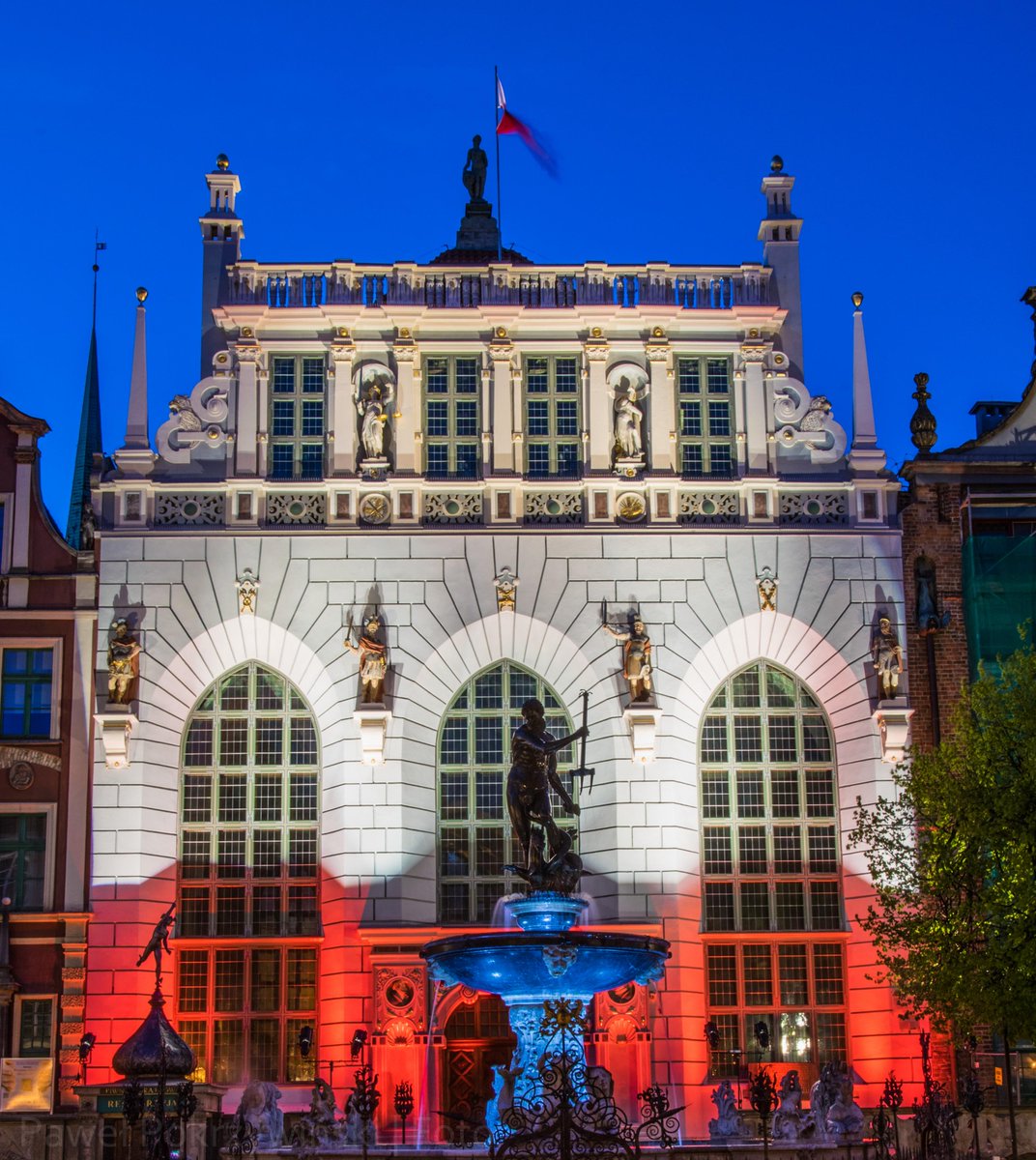

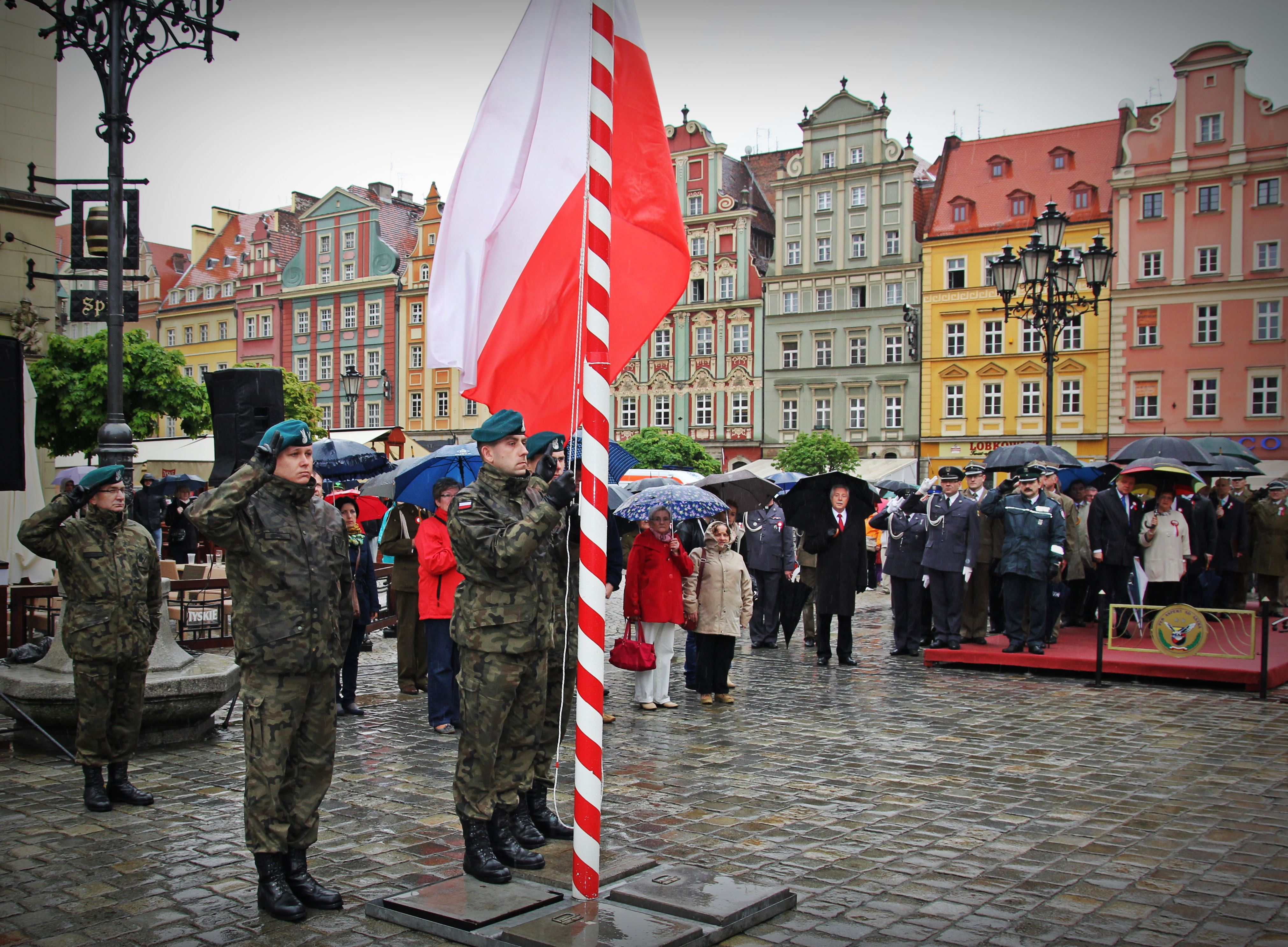
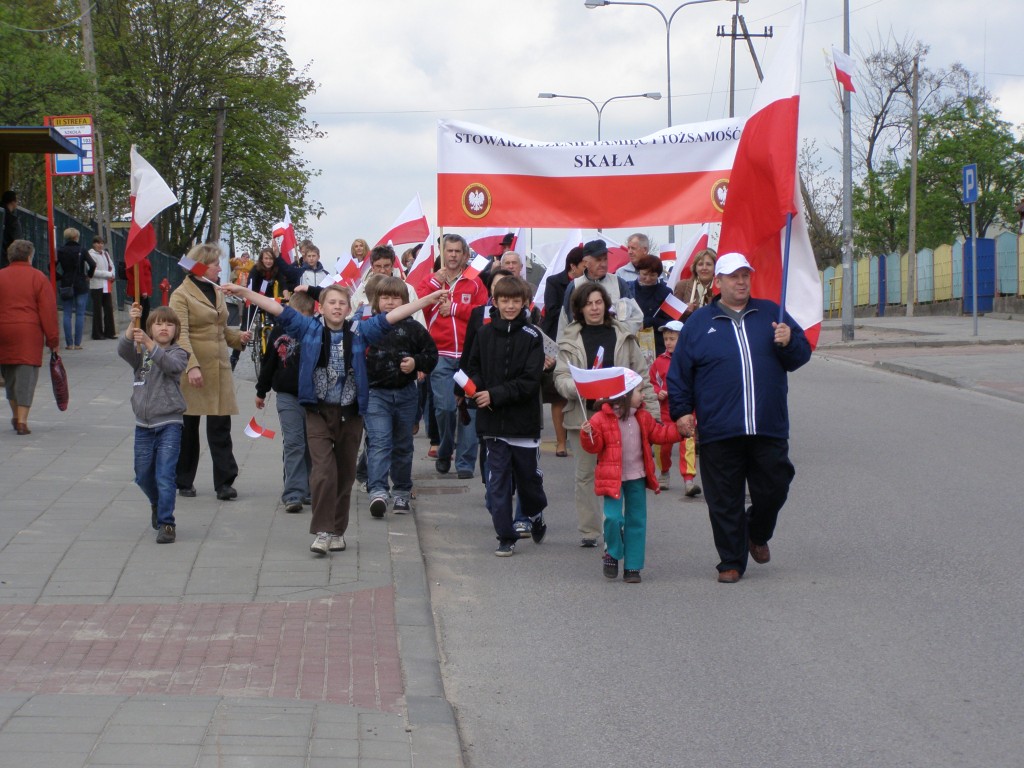
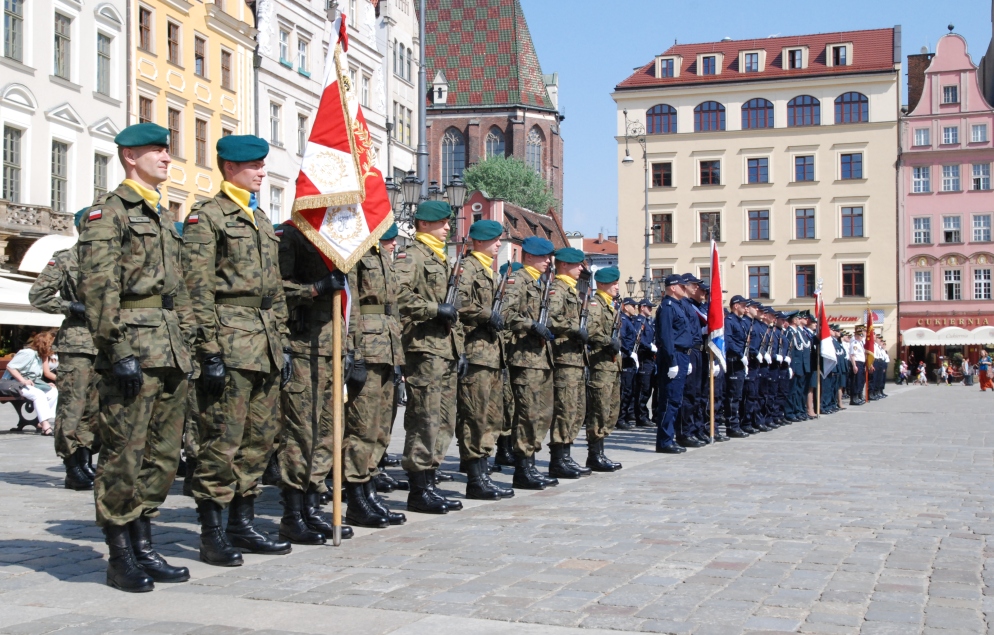

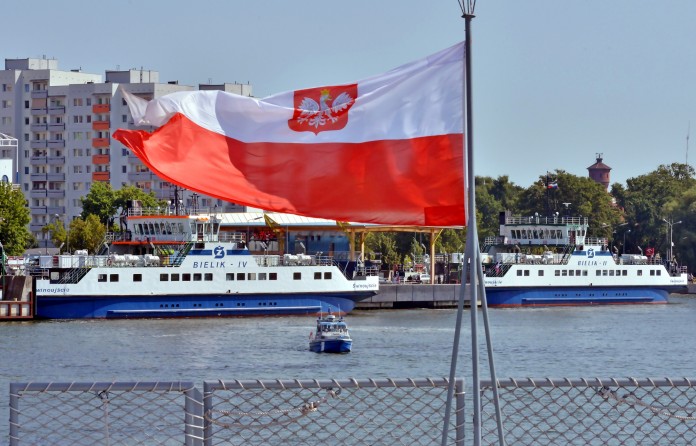
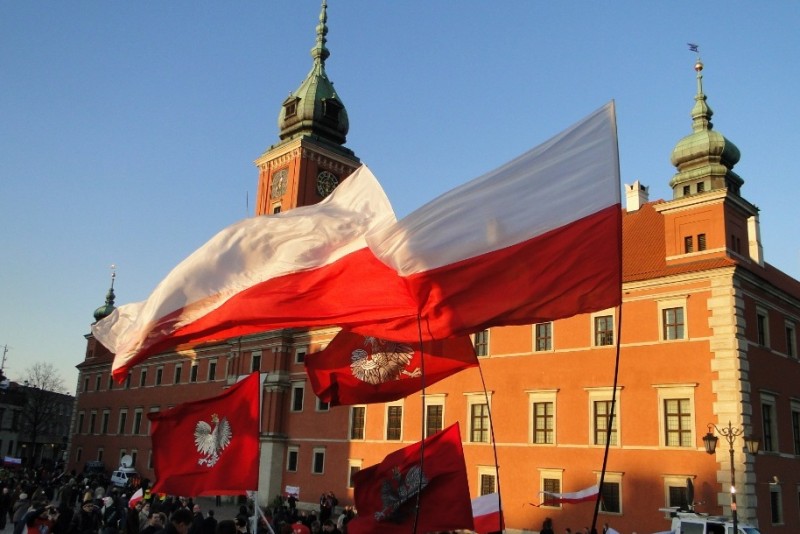


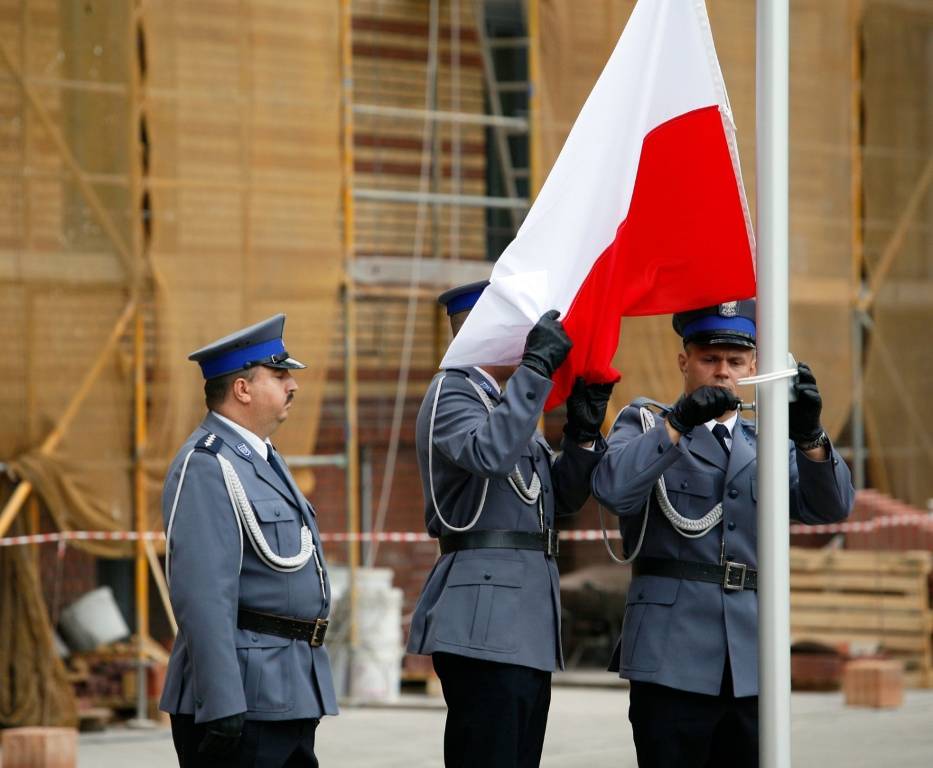




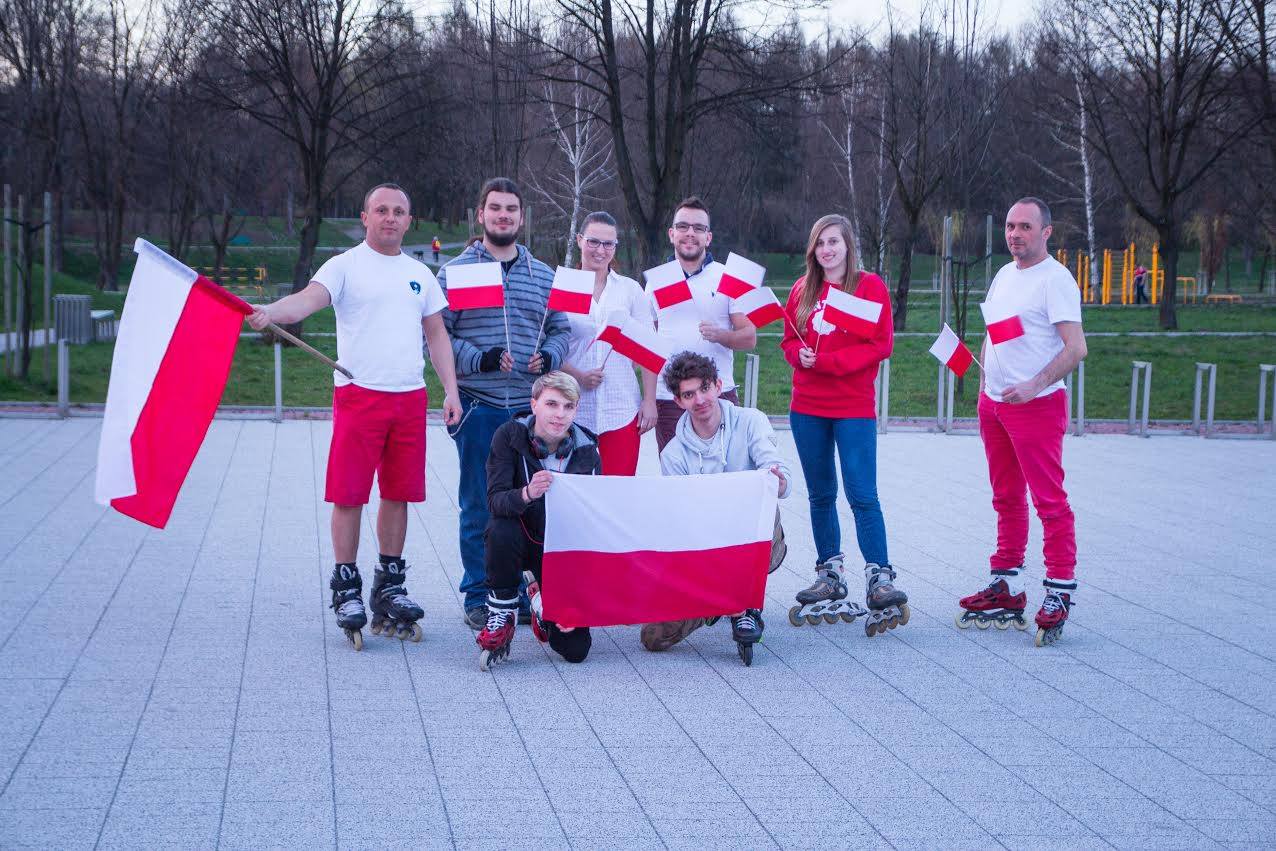


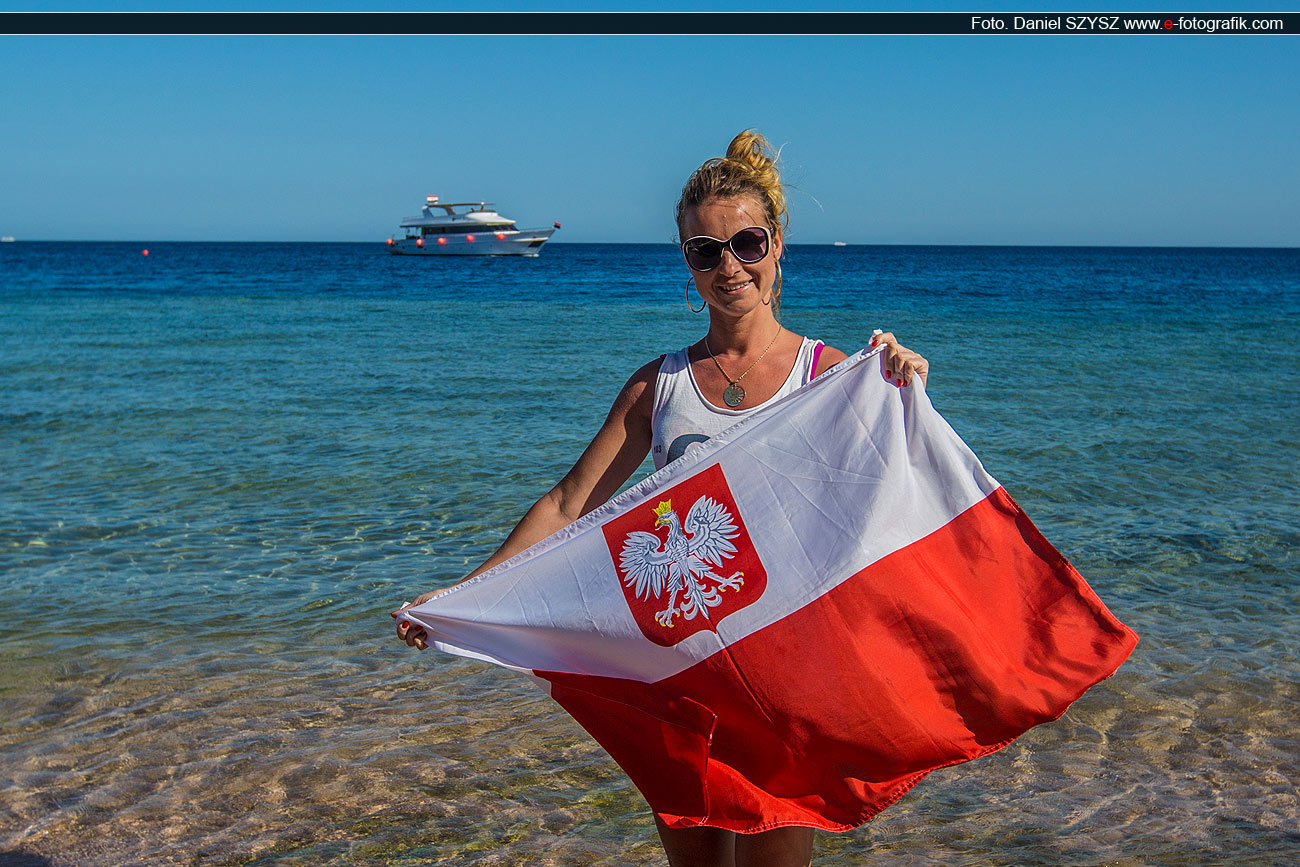
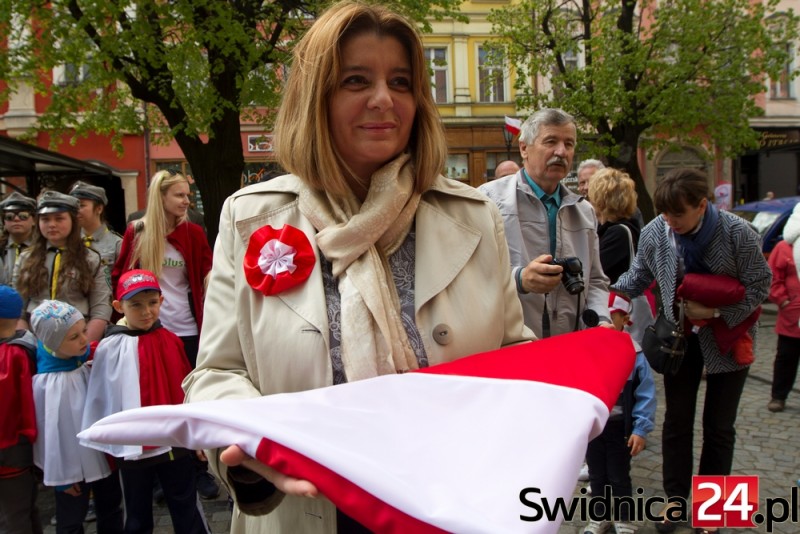

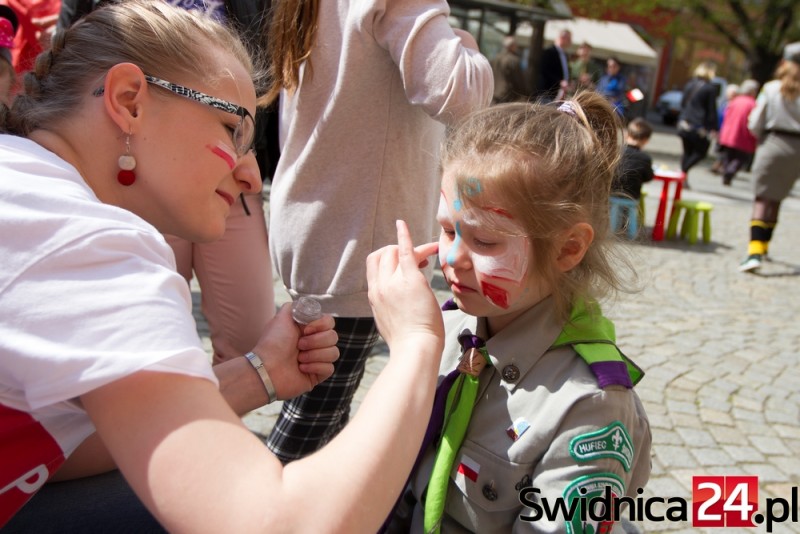


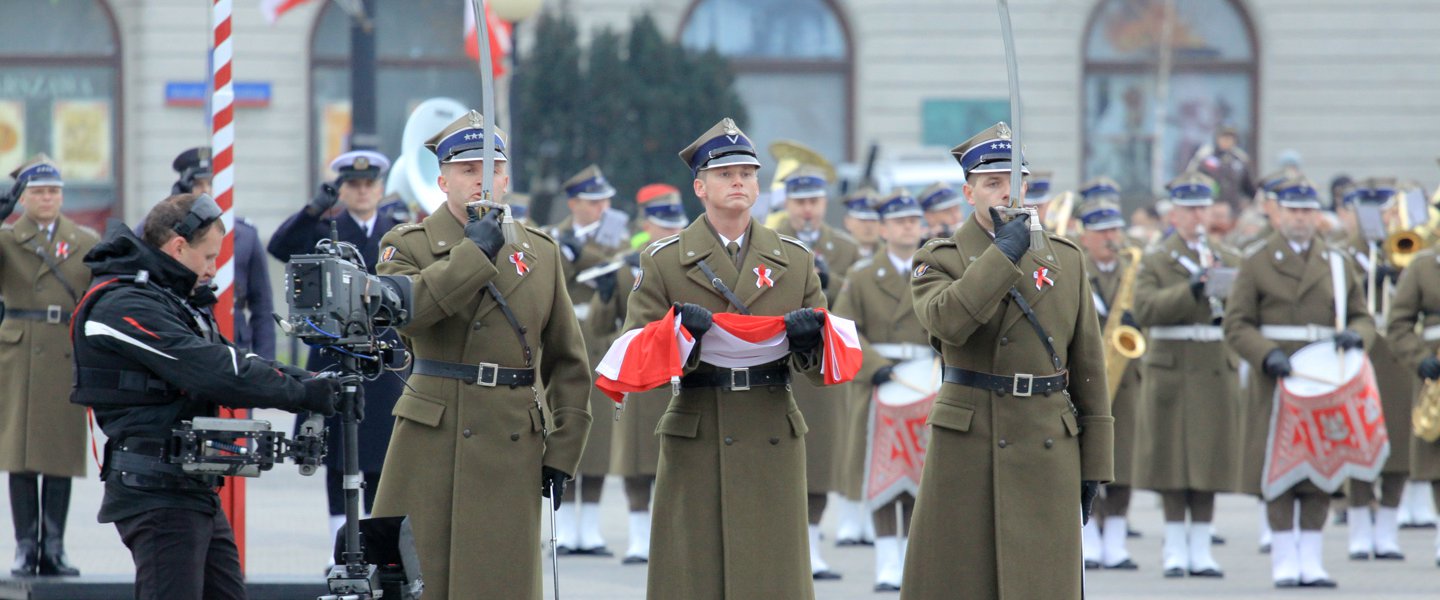



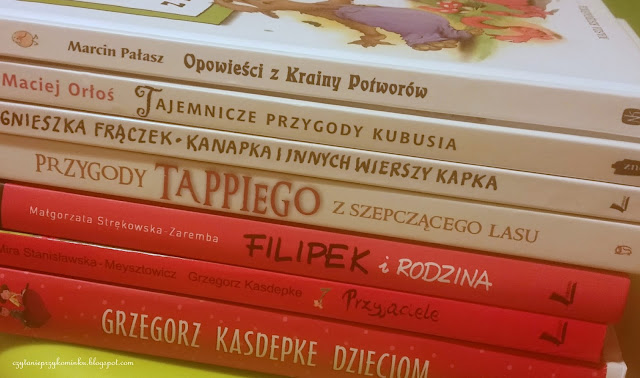
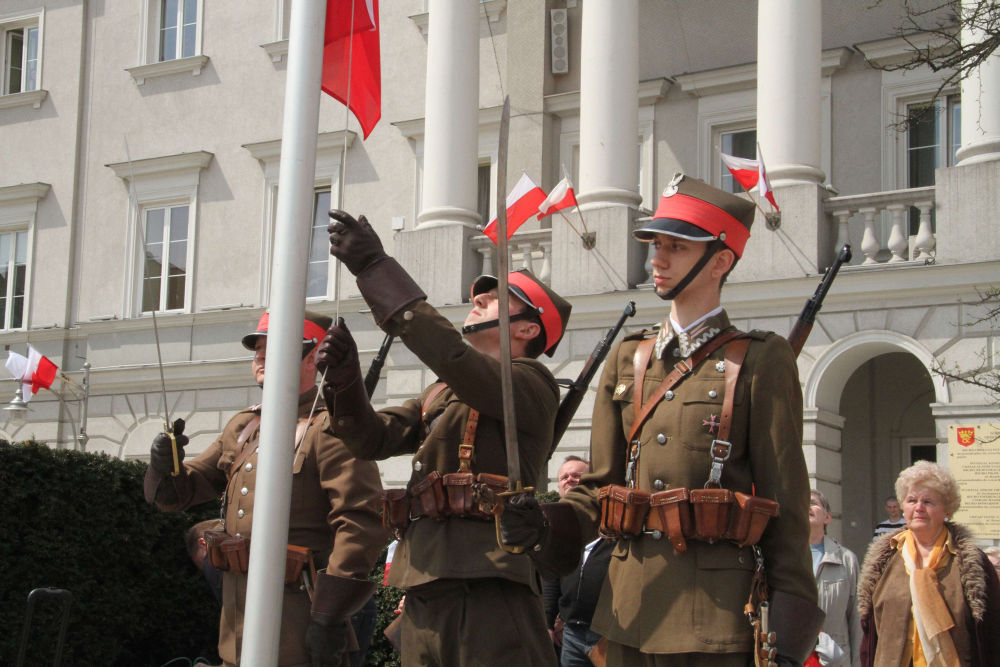
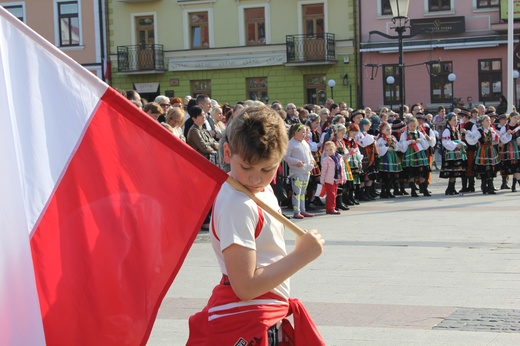

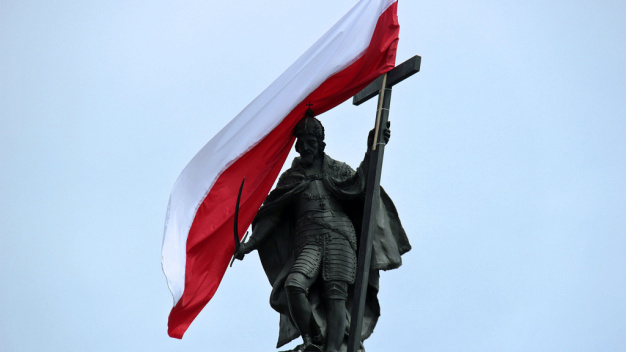
Flag Day was introduced to Poland in 2004, bridging the gap between International Workers’ Day on 1 May and Constitution Day on 3 May. The 3 May holiday, which celebrates the democratic constitution passed by Polish nobles in parliament on 3 May 1791, was banned by the communist regime, but reinstated in 1990. During the Cold War era, party functionaries were compelled to make sure that all national flags were taken down on 2 May, so that they would not remain aloft during the banned holiday. Owing to the symbolism of the forbidden holiday, 3 May was a popular date for protests by dissidents against the communist regime.
Flag Day has an added resonance as on 2 May 1945, Polish troops hoisted the national flag over the ruins of Hitler’s Berlin at the iconic Prussian Victory Column (Siegessaule), almost six years after the Nazi invasion of Poland. It was immediately noticed by Soviets. It was “abuse to the Soviet Union” to fix a flag without permission of “Red Army authorities” and even before Red Army fixed red flag. Polish soldiers were arrested and avoided to be shot only because German capitulation announcement.
The national colors are white and red in two horizontal parallel strips, the upper strip being white and the lower red. The process whereby those colors became the national flag was quite complicated and gradual. The origin of the flag colors goes back to the Piast dynasty times and it relates to a white eagle on a red shield. Those colors were subsequently used as national in the 18th century and cockades were worn by soldiers and civilians in their caps. Unfortunately colors of cockades and the number of strips were not always the same. This lack of uniformity was finished on February 7th, 1831, by Polish Sejm with its resolution which adopted the white and red colors of the coat of arms as official colors of Polish Kingdom and Great Lithuanian Princedom.
During XIX and XX century those colors together with a white eagle with a crown on a red shield were symbols of fight for freedom of Poland and patriotism. Under this flag Polish soldiers fought for sovereignty and honor of our country. During World War II Poles were fighting under white and red flag at the front in France, United Kingdom, Belgium, Holland, Norway, Libya, Soviet Russia and Italy, on the ground and in the air, with honor and love for Poland and freedom.
Nowadays, the flag with white and red stripes is a symbol of Polish sovereignty, solidarity, tradition, patriotism and honor.
tourwarsaw.wordpress.com/2012/05/02/may-2nd-polish-flag-day/
















































